Baseball History Comes Alive Now Ranked #2 by Feedspot Among All Internet Baseball History Websites and Blogs!
Guest Submissions from Our Readers Always Welcome!
Scroll Down to Read Today’s Essay
Subscribe to Baseball History Comes Alive for automatic updates (sign-up block found in right side-bar)
As a Free Bonus for subscribing, you’ll get instant access to my two Special Reports: Memorable World Series Moments and Gary’s Handy Dandy World Series Reference Guide!
Eddie “The Brat” Stanky Photo Gallery
Click on any image below to see photos in full size and to start Photo Gallery:
Today we welcome back Bill Schaefer with an interesting essay detailing the career of “The Brat,” Eddie Stanky, pictured above with Dodger teammates Spider Jorgensen, Pee Wee Reese, and Jackie Robinson. Bill also adds some personal reflections about The Brat. He later had some interactions with Phil Rizzuto and shares with us Phil’s opinion of Eddie Stanky. I think you’ll enjoy reading Bill’s essay. Eddie Stanky was quite a ballplayaer…and quite a guy!
EDDIE STANKY: THE BRAT!
“He can’t hit, he can’t field and he can’t run, but I wouldn’t trade him for any second baseman in the league.”- Leo Durocher, speaking of “The Brat,” Eddie Stanky
Edward Raymond Stankiewicz came into the world on September 3, 1915 courtesy of Frank and Anna, who shortened the family name to Stanky when Eddie was a boy. In the tough, blue-collar Philadelphia neighborhood of Kensington, Eddie developed the win-at-all-costs attitude that propelled him to a major league baseball career, despite limited natural talent.
In his senior year at Philadelphia’s northeast high school Eddie batted only .243. But his coach, Lester Owen, expressed the essential core of the small firebrand, “He said he was going to be a pro baseball player and that was that. No one doubted him. He was an ordinary boy with extraordinary ambition.”
Stanky was signed by the Philadelphia Athletics, and feeling like he must have been trapped inside a pinball machine, Stanky had played shortstop, second, third-and even pitched in his first two years in the class C minor leagues.
After another brief stop, early in the 1939 season Stanky was sent to the Macon Peaches of the class B South Atlantic League, where 14-year major leaguer Milt
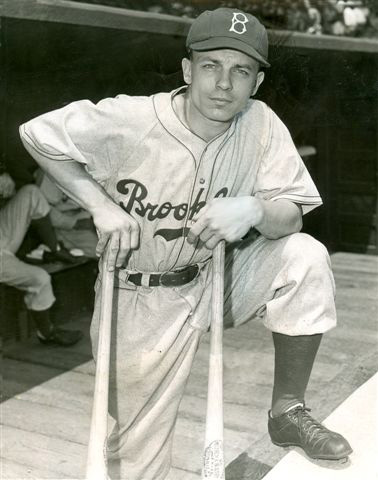
Stock was the manager and part owner of the team. Stock told Stanky to curb his temper and stop getting thrown out of games 20 times a year. He installed him as his leadoff hitter and told his diminutive trouble maker to “Get on base anyway you can.” It worked. Eddie had three fine years with Macon and made the All-Star team in 1940.
The 5’ 7” 150 pounder also found a bride. Milt’s daughter, Myrtle “Dickie” Stock, was mesmerized by the pint sized infielder and they were married on April 11, 1942. Dickie was a real Georgia peach, a brunette beauty. In fact, she’d been offered a movie contract by Metro Goldwin Mayer!
Shortly after the wedding, Stock dealt his new son-in-law to the Milwaukee Brewers of the American association, where Stanky enjoyed his best and last minor league season. He copped the batting crown (.342) and was named the league’s MVP. Eddie’s manager at Milwaukee was Charlie Grimm. In 1943, the Cubs made Grimm their manager and Stanky followed his skipper to Chicago.
At this point, I’ll add two personal notes about our irrepressible Brat. In 1950, my dad and I were in the upper deck behind home plate watching the Giants play the Dodgers at the Polo Grounds, on a steamy July afternoon. Stanky hit a bullet to right field for a clean single (or so it appeared). In a series of split second impressions, we then saw Eddie sprint out of the batter’s box…wondered why he was running for his life on a routine single…watched Brooklyn right fielder Carl Furillo scoop the ball on one hop and fire a seed to Gil Hodges at first. Stanky was out by an eyelash, but Hodges couldn’t hold the powerful throw uncorked by The Reading Rifle at such close range. Stanky was safe!
The play made a lasting impression. Stanky was always in the game, always thinking, always hustling. That’s why fans loved him whatever uniform he wore.
In the third game of the 1951 Giants vs. Yankees World Series at the Polo Grounds, fifth inning, Eddie was a dead duck on a pitch out, sliding into second base. But he kicked the ball out of Phil Rizzuto’s glove to spark the Giants’ winning rally. Rizzuto thought it was interference and also swore Stanky never touched second base and should have been called out. Phil always hated Eddie for embarrassing him.
In the early 90’s, I worked with Rizzuto on several Money Store TV commercials. I was all set to ask him about the play but heard him suddenly roar from a distance, “Oh, that Stanky!” That was it. I was afraid to risk ruining our good relationship!
On April 21, 1943, in the first inning of his major league debut Stanky was promptly beaned by Pittsburgh’s Rip Sewell. He of the famous Blooper Ball, Sewell didn’t throw very hard so it wasn’t serious. Years earlier, however, in the minors, he was hit in the head by a pitch that caused a severe concussion resulting in hearing loss, which kept him out of the armed services.
Eddie had a mediocre season with the Cubs in ’43 and manager Charley Grimm traded him to the Dodgers in mid-1944. Eddie set a then major league record in 1945 with 148 walks, as well as denting the dish with 128 runs scored. Loving Dodger fans gave him various nicknames: Stinky, Muggsy, The Walkin’ Man and The Brat. The latter stuck, due to Stanky’s combative nature and all-out competitiveness.
In 1946, he again led the league in walks with 137 and a marvelous .437 OBP. The following season saw the cantankerous second sacker enjoy his best year in the field, committing only 12 errors, and leading the Dodgers into the World Series. And despite writings to the contrary, Eddie was a champion of Jackie Robinson in 1947. His son, Mike, revealed:
“Dad always talked about that first game and Robinson’s enormous talent. He and Jackie became very close, realizing though different in many ways, they shared an intense winning spirit.”
However, the brilliant but miserly Branch Rickey was at it again. Almost on the heels of peddling “The People’s Cherce” Dixie Walker to Pittsburgh, The Mahatma of Montague Street, again needed the feel of a buck in his pocket and sold Eddie Stanky to the Boston Braves in early 1948 for 40k and two bench players. Dodger fans rattled their cages and carried placards of disapproval as two of their all-time favorites were ripped away in almost rapid fire succession.
Stanky thrived for two years in Beantown, with an all-star first half in ’48, until he broke his ankle. The Brat commented that his beloved former manager Leo Durocher, “will be the first horizontal manager in the history of baseball if he bothers me. I’ll hit so many foul balls at him…he’ll manage lying on the dugout floor.” Eddie made hitting foul balls an art form. Braves’ coach Johnny Cooney testified:
“We always hated to see him come up in the late innings of a tough game He’d think his way to first base, and next thing you knew, the panic was on. One day we were riding him pretty hard from the bench. He spotted the loudest of the hecklers and almost tore his head off with a foul drive!”
In 1949, Boston manager, Billy Southworth, morphed into a precursor to Captain Queeg in the dugout. He drove his team relentlessly, trying to win a second consecutive pennant. Some players thought Stanky was trying to take over the club and dissention rippled through the ranks. This resulted in one of the great trades at season’s end: Stanky and Alvin Dark to the Giants for Sid Gordon, Willard Marshall, Buddy Kerr and scrub pitcher Sam “Red” Webb. Dark and Stanky revitalized the Giants and only Gordon produced for the Braves.
Reunited with Leo Durocher, Muggsy had his best year in 1950: 144 walks and a whopping .460 OBP to lead the majors, along with an even .300 batting average. No need to review the following season. Suffice it to say kindred souls Eddie and Leo reveled in their finest baseball moment, doing a wrestle/dance down the Polo Grounds’ third base line on October 3, 1951.
Stanky got his long awaited opportunity to manage in 1952. The St. Louis Cardinals sent fading pitcher Max Lanier and light hitting speedster Chuck Diering
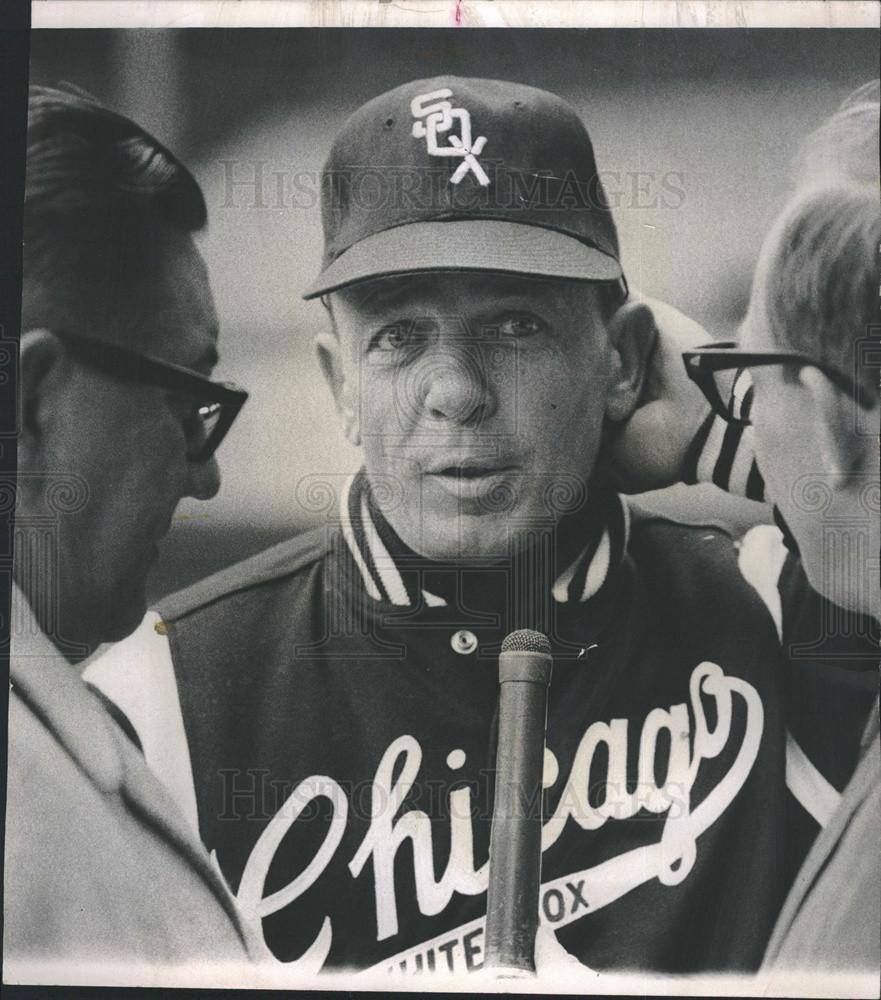
to the Giants. Eddie won the Sporting News Manager of the Year. He also got high marks for piloting the Chicago White Sox in 1967, in a wild four team pennant race.
However, back home in Alabama in 1969, Stanky was to embark on his greatest success. As a baseball coach at the University of Southern Alabama, over the next 14 years, his teams went 488-193. Eddie softened his hard-nosed philosophy on the field to an “everyone plays” style, and transformed the little school into a Sun Belt Conference baseball power, sending 43 players to the major leagues:
“My most wonderful feeling of satisfaction was when mothers would tearfully embrace me at graduation for helping their sons. You can’t weigh that.”
Many fans remember him fondly as one of the biggest little men in baseball. Eddie Stanky succumbed to a heart attack, June 6, 1999.
Bill Schaefer
Photo Credits: All from Google search
Sources: Sport Magazine; August, 1948, “How does Stanky do It?” by Dave Egan
SABR Bioproject: Stanky, by Alexander Edelman.
Eddie Stanky: Baseball-Reference.com, Google
Red Webb, Willard Marshall, Sid Gordon: Baseball-Reference.com Google

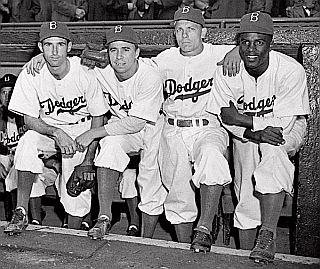
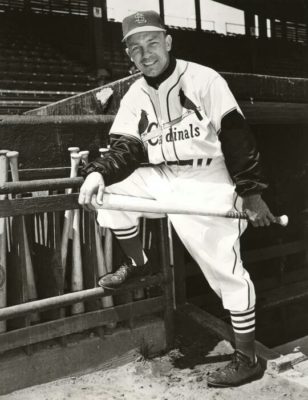
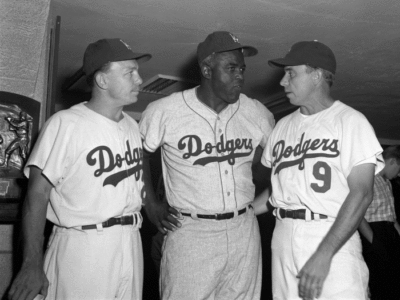
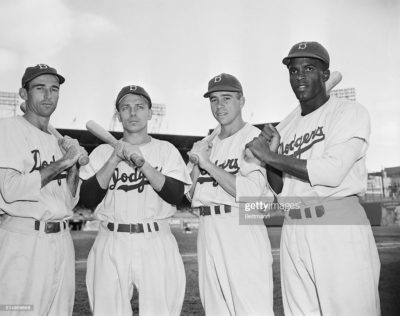
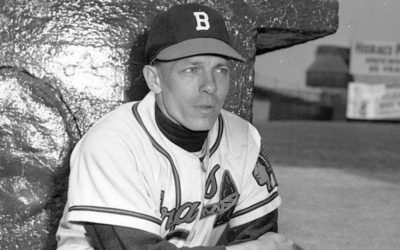
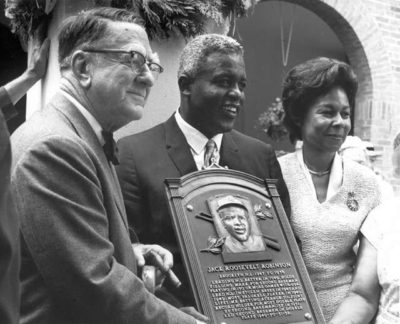
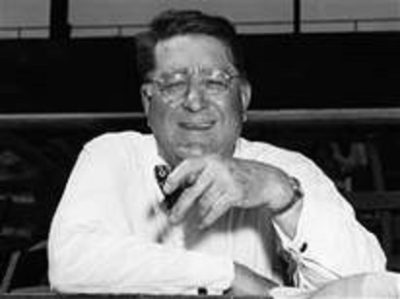
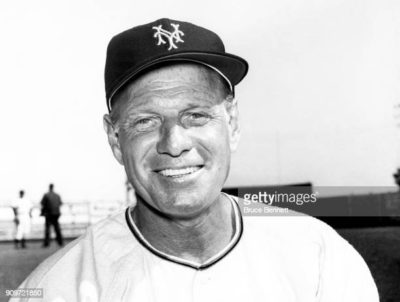
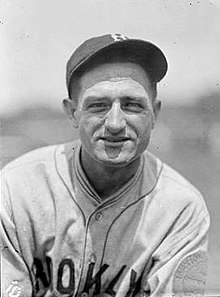
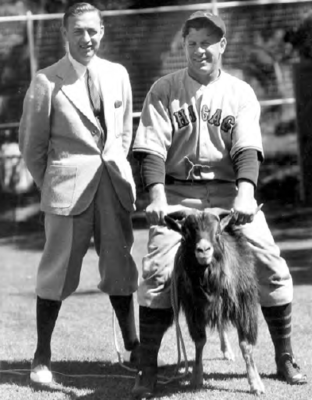
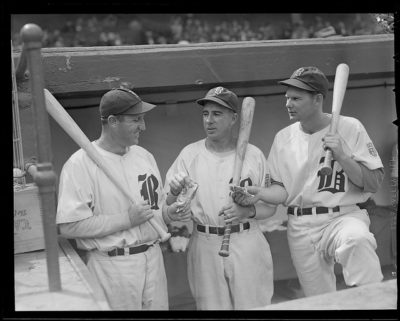
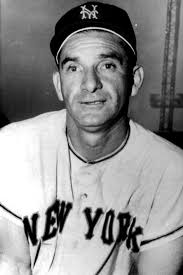
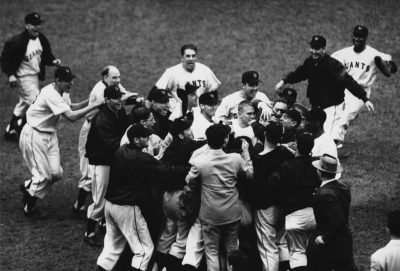
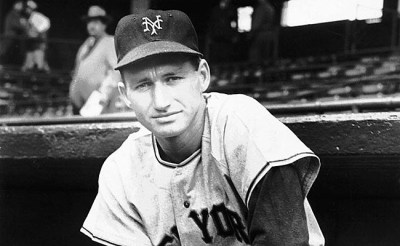
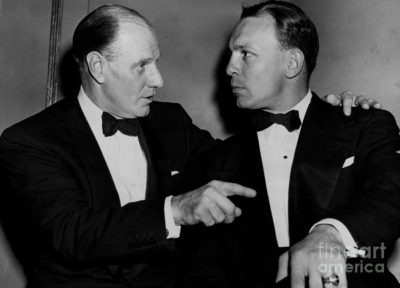
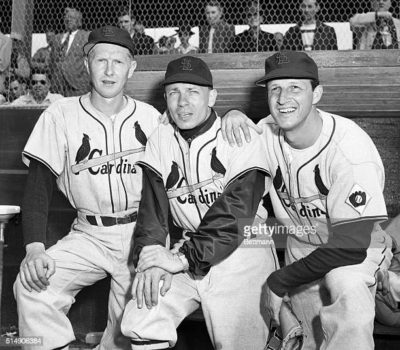
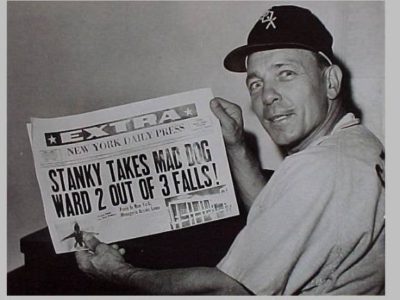
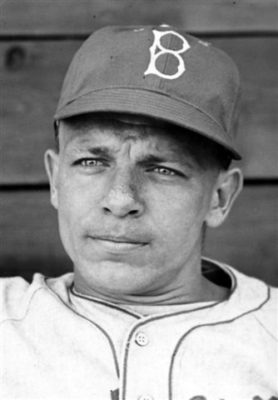
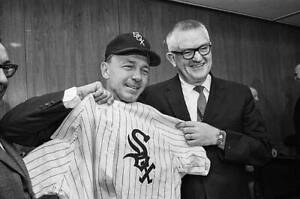
Good stuff, Bill.
I remember Stanky more as managing the White Sox and just before coming to Boston for a series in late June of 1967, commenting on Carl Yastrzemski‘s status as an All-Star said, “Yastrzemski
is an All-Star from the neck down”.
Motivated by the stories in the press, Yaz brutalized White Sox pitching in the Series and continued his torrid Triple Crown pace the rest of the year, leaving Stanky’s White Sox along with the Twins and Tigers behind the photo finish of first place on the last day of the season.
Thanks, Paul, love the Stanky quote, which propelled Yaz to kill the White Sox, in the greatest multi team pennant race of all time.
We’ve all read the famous Leo Durocher quote about Eddie, “He can’t hit, he can’t field, he can’t run-but I wouldn’t trade him for any second baseman in the league.”
I just added the great Durocher quote to the top of the piece.